Please add image or text logo

Here is our monthly round-up of news, tips, and ideas to make the most of your garden this January!
January is a quiet month in the garden. It’s all about maintenance, looking after wildlife, and protecting your garden from the worst of the weather. On the brighter side, the days are already getting longer, which means it’s time to start planning for spring and summer 2023!
Making the most of your garden is set to continue as a firm trend throughout 2023. Why not plan to try these ideas out?
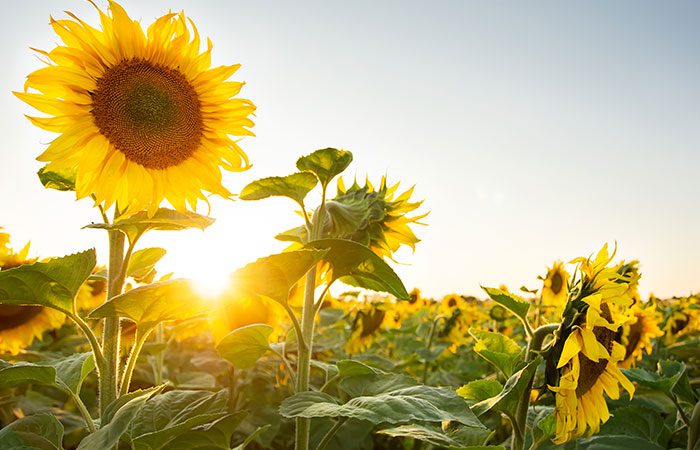
Cut-flower gardening has been a growing trend over the last few years. Sewing, rowing, and cutting your own flowers saves money and is an eco-friendly way to have beautiful fresh-cut flowers around the house and to share with friends.
We suggest these flowers to experiment with: cosmos, echinacea, sunflowers, delphiniums, gladioli, zinnia, alliums, ranunculus, Ammi majus, and sweet peas.

There is a growing belief that gardens and gardening are good for mental health and that creating outdoor spaces designed for relaxation can provide a real boost to your mood.
Plants with uplifting fragrances and health benefits, such as lavender, aloe, rosemary, and chamomile, combined with calming water features, are ideal to help create a sanctuary or meditation space.
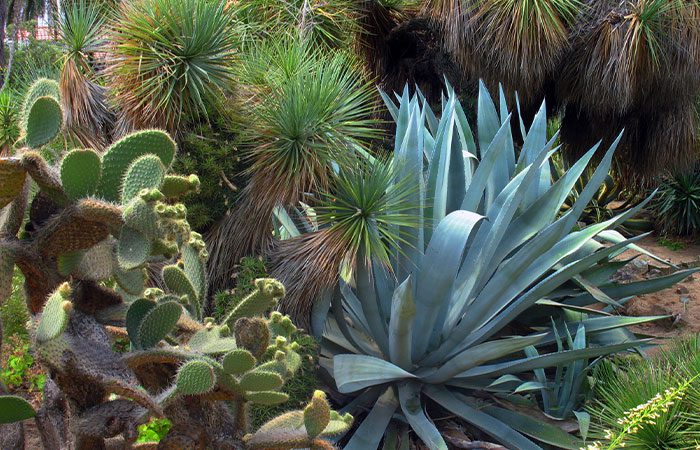
The prolonged heatwave and drought of Summer 2022 has led many gardeners to think about low-maintenance gardens with less thirst! Nothing is worse than arriving back from holiday to see plants parched beyond rescue.
Take your inspiration from Mediterranean species’ extreme heat. Consider drought-resistant planting schemes which include kniphofia, bougainvillea, jasmine, lavender, olive trees, salvias, spurge, succulents, and cacti.
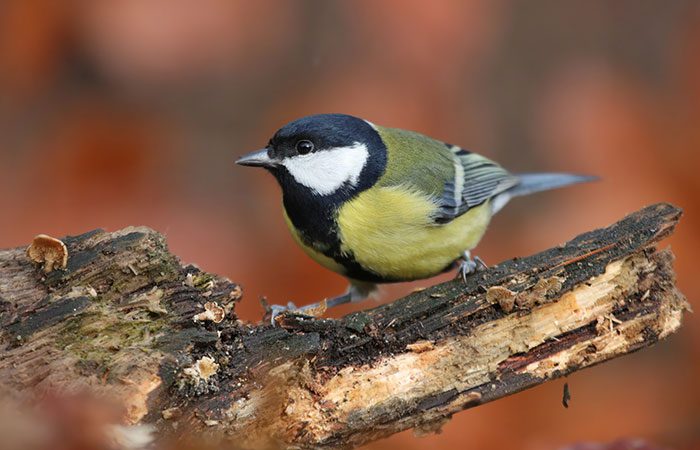
Sign up today to get your free guide which helps you make sure your Birdwatch counts.
The fact that we’ve lost 38 million birds from UK skies in the last 50 years underlines that nature is in crisis. We see it in our own back gardens with house sparrows struggling and starlings undergoing a severe decline.
As a conservation charity, your Birdwatch results help the RSPB monitor how our UK birds are faring in the face of the nature and climate emergency. But we can’t do it without your support.
By taking part in Big Garden Birdwatch you, and hundreds of thousands of other like-minded nature lovers will be taking action to protect our birds for generations to come.
Click here to take part.
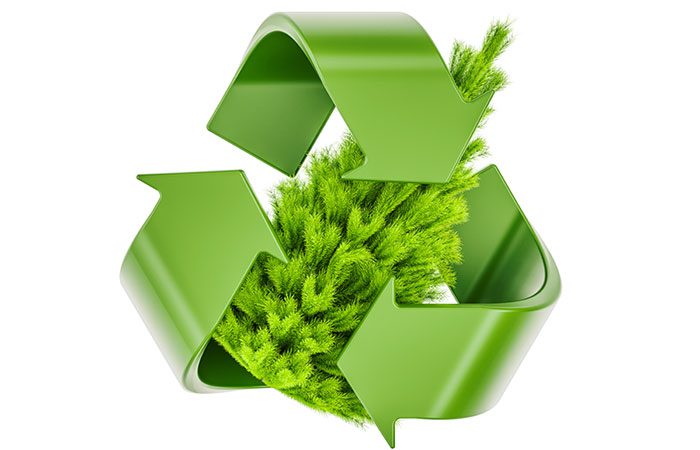
• If you can, shred your Christmas tree to use for mulch, which will help to improve your soil quality over time and retain moisture for your plants.
• Alternatively, why not take the stress out of Christmas and let The Kirkwood Hospice collect your tree for you in January! For a small donation, Kirkwood will pick up your tree from outside your home and recycle it for you. It’s great for you and good for the environment too!
Kirkwood is also appealing for volunteer drivers and drivers’ mates who can spare a little time to volunteer to help collect Christmas trees in January 2023, from Thursday 12th January to Sunday 15th January from 9am till 4pm.
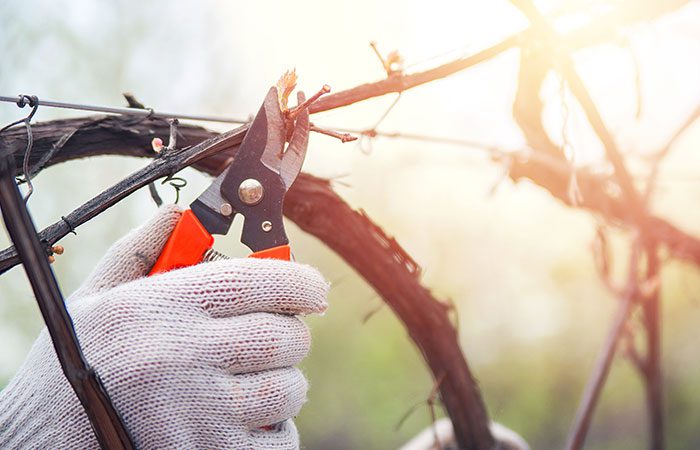
This month focus on preparation and maintenance ready for springtime.
Here are some important garden jobs for January:
• Tool maintenance. January is the ideal time to give your lawn mower a basic service or take it to a dealer for maintenance, while it’s not in use. It’s also a great time to clean and sharpen your tools, including hoes, secateurs, and shears.
• Check that your winter protection is still working and fencing is still secure – inspect any fence panels, covers, stakes, or ties that could have been damaged in bad weather.
• Trim back any climbing plants, such as ivy, that have outgrown their space before birds begin nesting.
• Start planning the fruit and veg you will plant in the months ahead by sorting through existing packs of seeds and making note of any you need to buy.
• Spruce up your outdoor space. Remove wet leaves, algae, and moss from paths, patios, decking, and steps, to avoid slipping and to keep them looking their best!
• Plan ahead. January is the best time to plan for the months ahead and order plants and flowers for planting in Spring.
• Create a sowing schedule to ensure you don’t overwhelm yourself or your garden by over-planting seeds once they arrive! Visit us in-store to view our range of seeds.
• Keep pruning. Roses, wisteria, honeysuckle, and rhododendrons can all be pruned in January, to encourage healthy spring growth. Apple and pear trees will also benefit from having dead, damaged, and congested branches removed.
• Grow perennials from seed. For a summer display, sow some hardy perennials now, such as Delphiniums, Agastache, and Oenothera.
• Clean gutters. Keep gutter and downpipes clear, particularly to ensure that clean rainwater is not interrupted from flowing into water butts.
• Inspect stored produce. If you are storing any fruit and vegetables from your last harvest, check for any that are soft or diseased and get rid of them.
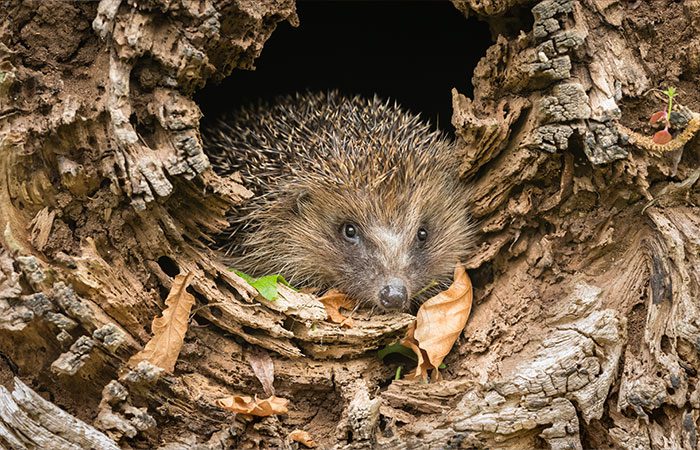
Look out for wildlife this winter. Loss of habitat is the main reason for reducing the numbers of many wildlife species. Helping to reverse this decline is possible through the planting of pollinator-friendly flowers, food plants for caterpillars, and creating safe habitats, such as log piles, for hedgehogs and other small mammals.
Take care of birds. Top up bird baths with fresh water daily and melt the ice with warm water on frosty days.
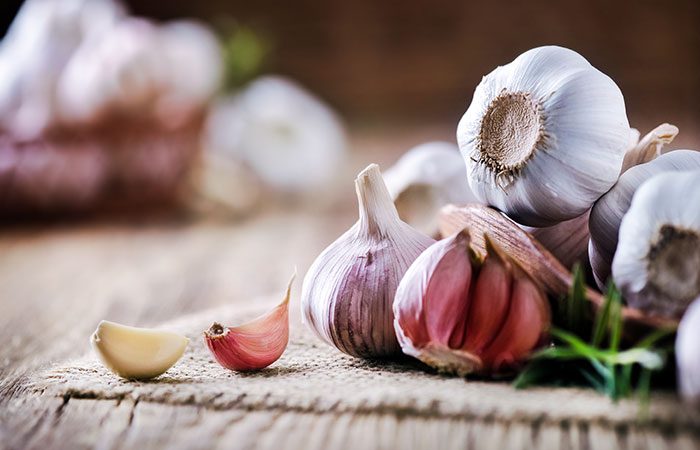
• Plant bare-root trees and bushes. Bare-root ornamental trees, roses, shrubs, and hedging can all be planted now if the ground isn’t frozen.
• Sow winter salads. Raise plants from seed under cover, in a bright, well-ventilated spot such as a cold frame, conservatory, or greenhouse, for salad leaves all year round.
• Sow onions. To provide them with the longest growing season possible, sow onion seeds in modules filled with fresh compost and keep them indoors at a temperature of at least 10°C. Transplant them outdoors in March or April.
• Plant garlic. Garlic can be planted outdoors in January but is best kept in a green greenhouse or cold frame if it is frosty. Plant 3-10cm deep and 15cm apart. Harvest between June and August.
• Harvest leeks. Harvest just before you plan to use them, as leeks do not store well. Wash carefully to remove any soil trapped between the leaves.
• Harvest winter cabbages. Provided they are netted to provide protection from birds, winter cabbages can be left in the ground until required.
• Harvest kale. When the leaves reach 20cm, harvest kale and discard the thick central vein.
A plant a day brings beauty your way. Make the most of your garden with 365 of the very best plant varieties – one for every day of the year. Available from the RHS Shop here.
“There are two seasonal diversions that can ease the bite of any winter. One is the January thaw. The other is the seed catalogues.”
– Hal Borland